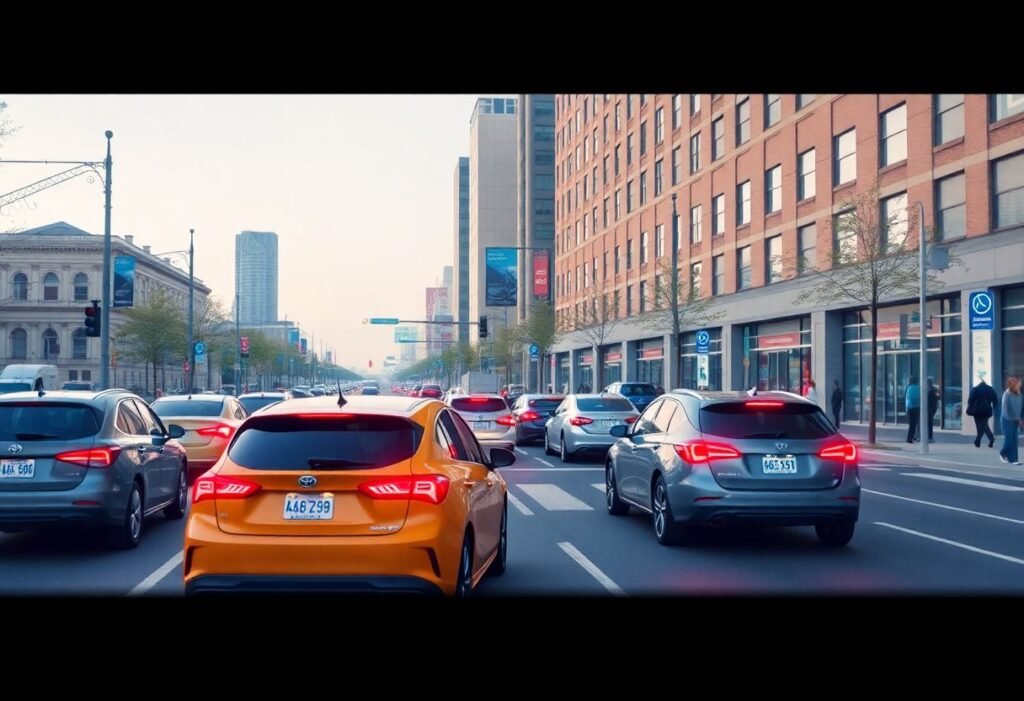The advent of self-driving cars represents a monumental shift not only in the automotive industry but also in how we will interact with public spaces. As these vehicles become more prevalent, they possess the potential to drastically transform our cities, redefine traffic systems, and reshape our daily lives. Understanding these implications is crucial for urban planners, policymakers, and citizens alike.
The Transformation of Urban Planning
As autonomous vehicles integrate into urban environments, city planning will undergo a significant transformation. Traditional designs focused on accommodating traffic will shift towards creating more pedestrian-friendly spaces. This means increasing the number of parks, bike lanes, and community areas while minimizing the physical footprint dedicated to roadways. As people rely less on personal cars and more on shared self-driving options, cities can repurpose existing infrastructure for leisure and social interaction.
Impact on Traffic and Congestion
The implementation of self-driving cars could vastly reduce traffic congestion. With advanced algorithms and real-time data, these vehicles can communicate with each other, optimizing traffic flow and reducing bottlenecks. Studies suggest that cities could see a decrease of up to 30% in traffic congestion due to smart routing and coordinated movements. This will not only improve travel times but also enhance air quality by minimizing emissions from idling vehicles.
Changes in Public Transport Systems
Public transport will also evolve with the rise of autonomous vehicles. We may witness the introduction of on-demand autonomous shuttles that connect residential areas to transit hubs. This will provide a more efficient and flexible solution to public transportation challenges. Leveraging self-driving technology could help cities offer better accessibility options for the elderly and disabled, ensuring mobility for everyone.
Reimagining Parking Facilities
The need for extensive parking facilities will diminish as self-driving cars circulate in urban environments. Many experts forecast a significant reduction in parking areas, with vehicles dropping off passengers and then moving to more remote locations. This transition allows for the repurposing of prime urban land currently occupied by parking lots into vibrant community spaces or residential units. Such a shift would enhance urban aesthetics and property values.
Environmental Benefits of Autonomous Vehicles
Self-driving cars have the potential to contribute positively to environmental sustainability. With more electric self-driving options on the horizon, cities could see a marked decrease in greenhouse gas emissions. Moreover, autonomous vehicles can optimize driving patterns to reduce fuel consumption, which benefits both the environment and user costs. This is an innovation-driven step toward more sustainable urban living.
Social Interactions in Future Public Spaces
As self-driving technology impacts public spaces, the dynamics of social interaction could change fundamentally. With more pedestrian-friendly areas, communities will likely foster more social engagement and interactions. The reduction of vehicle traffic leads to safer, more enjoyable experiences in public spaces, encouraging outdoor activities, events, and gatherings. This evolution promises to enhance community ties and improve overall quality of life.
Disclaimer: This content is for informational purposes only and does not constitute legal or professional advice.





















